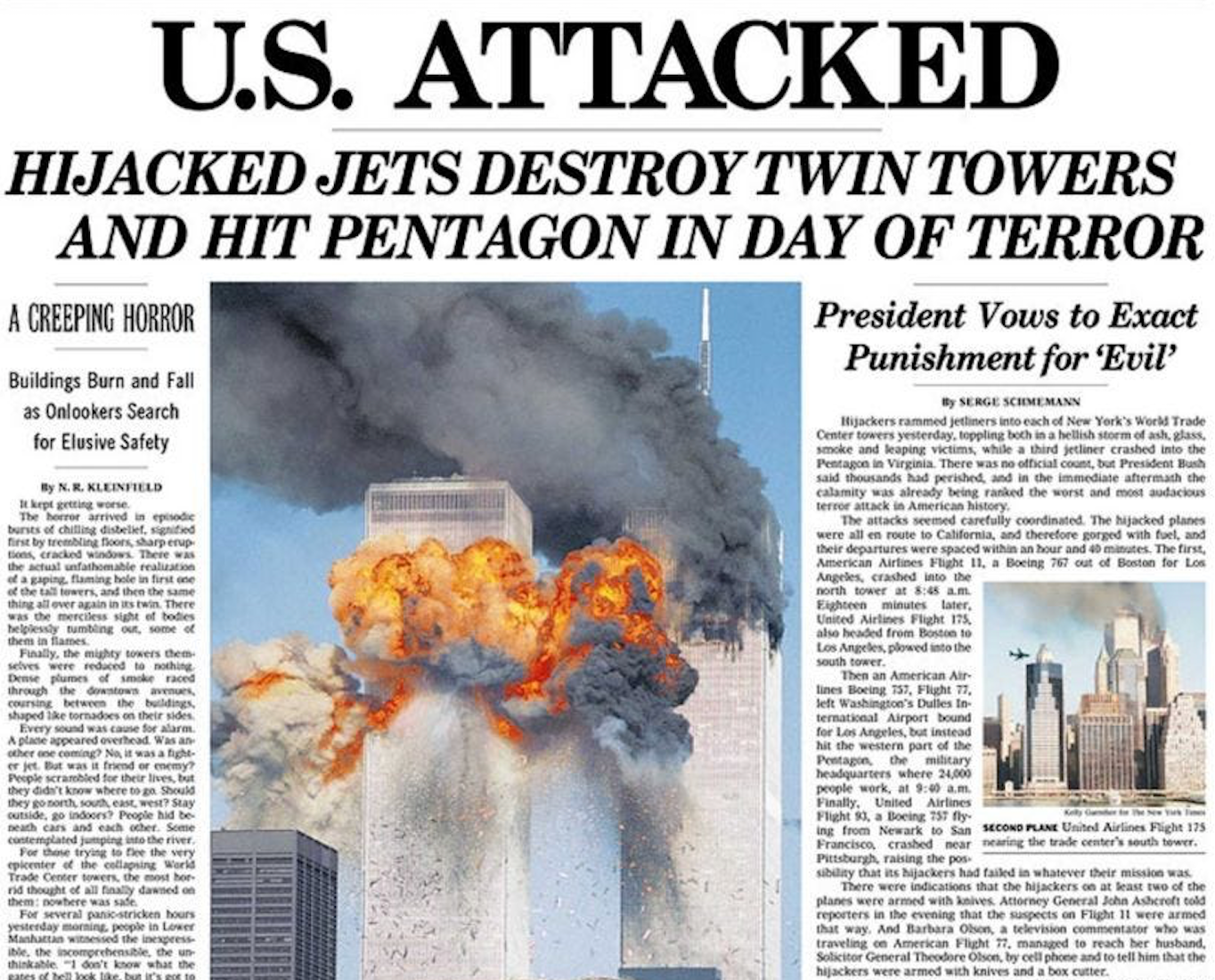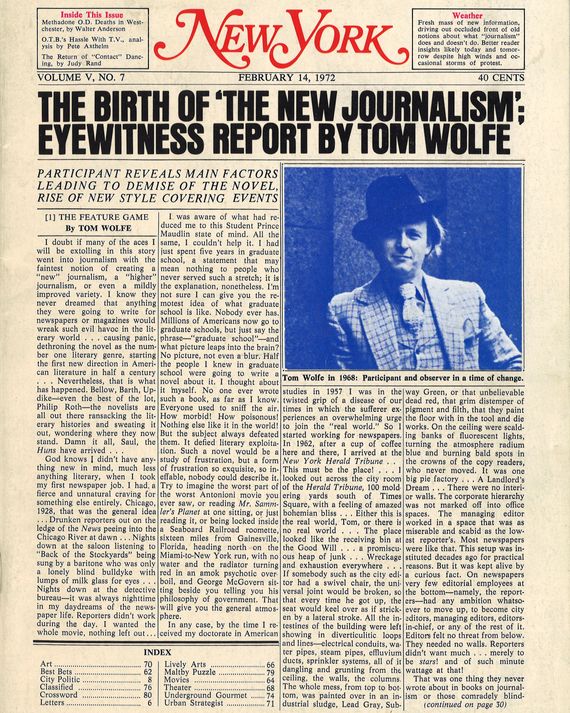Little Known Questions About News Articles.
Table of ContentsMore About News ArticlesThe 3-Minute Rule for News ArticlesSome Known Details About News Articles The 15-Second Trick For News ArticlesNews Articles - The Facts
Great understanding of various topics gives pupils a competitive edge over their peers. Although digital and social media sites are easily available, we ought to not forget exactly how essential it is to read the papers. Parents have to attempt and inculcate the habit of reviewing a newspaper as a daily regimen to continue the heritage of the revered print tool.Information stories also have at the very least one of the adhering to important characteristics relative to the desired target market: closeness, prominence, timeliness, human interest, anomaly, or effect.
Within these restrictions, newspaper article likewise intend to be comprehensive. Other variables are included, some stylistic and some acquired from the media kind. Amongst the bigger and more highly regarded newspapers, fairness and balance is a major element in presenting information. Commentary is typically confined to a separate section, though each paper might have a various total angle.
Newspapers with a worldwide target market, for example, often tend to utilize a much more official style of writing. News Articles.; usual style overviews consist of the and the US News Design Publication.
9 Simple Techniques For News Articles
As a rule, journalists will not make use of a long word when a short one will do. They make use of subject-verb-object building and vibrant, energetic prose (see Grammar). They provide narratives, instances and allegories, and they seldom rely on generalizations or abstract concepts. Information writers try to stay clear of using the exact same word greater than as soon as in a paragraph (in some cases called an "echo" or "word mirror").
Headings in some cases leave out the subject (e.g., "Leaps From Watercraft, Catches in Wheel") or verb (e.g., "Feline female fortunate"). A subhead (also subhed, sub-headline, subheading, caption, deck or dek) can be either a secondary title under the primary headline, or the heading of a subsection of the short article. It is a heading that precedes the main message, or a team of paragraphs of the major text.

Added billboards of any of these kinds may show up later in the article (specifically on succeeding pages) to lure more reading. Such signboards are likewise made use of as tips to the article in various other sections of the magazine or site, or as promotions for the piece in other magazine or sites. Normal structure with title, lead paragraph (summary in strong), various other paragraphs (information) and get in touch with details.
Example of a hard-lead paragraph NASA is recommending another area project. The budget requests around $10 billion this content for the task.
An "off-lead" is more information the 2nd most important front web page news of the day. To "hide the lead" is to start the post with history info or details of secondary value to the readers, requiring them to review more deeply right into an article than they should have to in order to uncover the necessary points.
About News Articles
Typical use is that a person or 2 sentences each form their own paragraph. Reporters usually describe the organization or framework of a news story as an inverted pyramid. The essential and most fascinating aspects of a story are put at the start, with sustaining information following in order of lessening importance.
It allows people to check out a subject to just the depth that their inquisitiveness takes them, and without the imposition of details or nuances that they could take into consideration unnecessary, but still making that details offered to a lot more interested viewers. The upside down pyramid framework additionally makes it possible for write-ups to be cut to any kind of approximate size during layout, to fit in the room available.
Some writers begin their tales with the "1-2-3 lead", yet there are numerous kinds of lead offered. A kicker can refer to numerous things: The last story in the information program; a "pleased" story to end the program.
Longer short articles, such as magazine cover write-ups and the items that lead the inside areas of a paper, are called. Feature tales differ from straight news in numerous methods. Foremost is the lack of a straight-news lead, many of the time. Rather than supplying the significance of a tale in advance, function writers might attempt to tempt visitors in.
Things about News Articles
The reporter typically information interactions with interview subjects, making the piece extra individual. A function's first paragraphs commonly connect an appealing minute or occasion, as in an "unscientific lead". From the details of a person or episode, its sight quickly expands to abstract principles regarding the story's subject. The area that signals what a function is around is called the or signboard.

The Editor's Toolbox: A Referral Guide for Beginners and Professionals (2001) Allan M. Siegal and William G. Connolly. The New York Times Guidebook of Style and Use: The my company Official Style Overview Used by the Writers and Editors of the World's The majority of Reliable Paper (2002) M. L. Stein, Susan Paterno, and R.